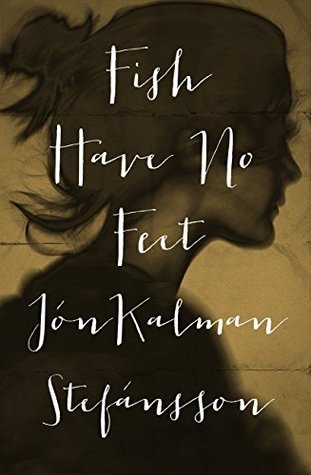(Fiskarnir hafa enga fætur, 2013)
In 2017, Fish Have No Feet earned Jón Kalman Stefánsson and his translator Philip Roughton a joint longlist nomination for The International Man Booker.
The book is set in Jón Kalman’s hometown, Keflavík, a small fishing town on the flat and barren Reykjanes peninsula and the home of Iceland’s only international airport. An anonymous narrator drives into town to pick up an old friend at the airport: Ari is returning to Iceland to visit his ailing father after living in Denmark for many years. As he and the elusive narrator visit their old haunts and dredge up childhood memories of life in the town, they are continually confronted with ghostly visions of the people left behind. Intermingled is the story of Ari’s grandparents as young people at the outset of the twentieth century; members of the generation that watched Iceland get dragged into the modern world. The prose fluidly moves between past and present, addressing the private terrors, tragedies and loves of the members of this one family in different times in the twentieth century. As well as going from past to present, our focus as readers drifts between the characters’ perspectives in a manner that unveils the desperation and impossibility of true human communication.
In the book, the town of Keflavík at times feels like an allegory for a contradiction at the heart of Icelandic life. An old and proud fishing town, it eventually became largely dependent on the nearby US army base, which remained in place throughout the Cold War and into the twenty-first century. In much the same way, Icelanders commonly prefer to think of themselves as a proud, isolated and independent nation – ignoring the country’s reliance on imported goods, people and culture from the outside world.
